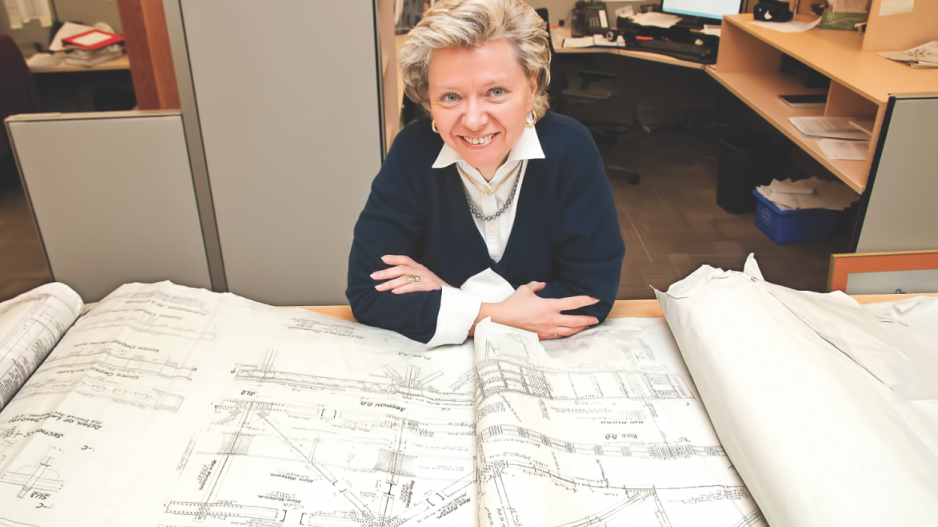Whether retrofitting older structures or building new infrastructure, engineering bridges and ports to withstand an earthquake is an essential – but costly – component of building on the West Coast.
“We’ve learned a lot in the past 40 or 50 years,” said Darryl Matson, senior vice-president of bridges at COWI North America, which is headquartered in North Vancouver. “It’s pretty routine; it’s just, ‘How much money does it cost?’”
That knowledge has been built up following disasters like the 1971 San Fernando quake and 1989 Loma Prieta earthquake, which caused heavy damage to infrastructure in northern California, including San Francisco’s Bay Bridge.
“The knowledge is pretty well there,” Matson said. “I say pretty well because the next quake will show us something different than we already know.”
Suspension bridges hold up best in an earthquake, but the metal expansion joints on bridge decks need to be lengthened in order to allow more absorption of the movement that occurs in an earthquake, said Matson, who was involved in retrofitting the Lions Gate Bridge in 2002.
In earthquake-prone areas, the concrete supports under bridges need to be bigger on top in order to allow more room for bridge decks to slide around without falling off the support.
The cost of retrofitting or incorporating seismic design into new bridges can be as much as 10% of the entire cost, Matson said.
But it’s a different story for ports, where, unlike bridges, relatively few people gather at any one time and which are rarely crossed by key emergency transportation routes. Terminal operators often choose to selectively upgrade in order to keep project costs economically feasible, said Sara Fumagalli-Hui, a marine engineer with COWI who worked on an upgrade of Vancouver’s Centerm terminal a decade ago.
The main concern with preparing a shipping terminal to withstand an earthquake is safeguarding the stationary and mobile gantry cranes, and their operators, perched atop the berths.
“The equipment has different legs, and if one leg moves one way and the other moves the other way, that’s when you have collapse,” Fumagalli-Hui said. “It’s about estimating the settlements and trying to reduce that as much as possible.”
For bridges anywhere in Richmond or the Fraser River delta, soil liquefaction is also a concern. During a quake, the sandy soil in the delta can mix with water, and structures could sink.
The soil underneath buildings needs to be either compacted or filled in with other types of soil to guard against liquefaction, Matson said. That was done with the Port Mann and Golden Ears bridges, and will be a requirement for the planned $3.5 billion Massey bridge.
“There are two options: one is you support the bridge underneath the liquefied layers. You put big piles down and you go down to a zone that won’t liquefy, and let the ground liquefy above it,” Matson said.
“Or you densify the ground and put your foundations above it. Or you might have to do both. If the amount of soil that’s going to liquefy is a fairly significant depth, your structure to get below it might become unstable.”
While it’s possible to focus the work on key areas, like under the support columns of the bridge, it’s possible for seismic design and construction costs to nearly equal the cost of the bridge itself.
@bizinvancouver




